
When The Sopranos premiered on HBO in 1999, it wasn’t merely a game-changer for television; it offered an insightful portrayal of America. Initially appearing as a mob story with a premium cable twist, the series soon evolved into a modern masterpiece exploring themes such as masculinity, therapy, capitalism, immigrant identity, and the decay of the American Dream. Masterminded by David Chase and fueled by James Gandolfini’s powerful, introspective acting, the show recognized something that many subsequent imitators failed to grasp: power not only corrupts but also numbs.
In stark contrast to the brightly lit New Jersey shopping centers and the pervasive suburban malaise, The Sopranos delved into a narrative that transcended organized crime, exploring instead the chaotic emotions that plague us. It mirrored a nation so heavily medicated and overindulged, it was lost in its desires, yearning for more without truly understanding what it sought. The series skillfully incorporated lengthy silences, enigmatic edits, and unresolved emotional turmoil. Not only did it endure the age of Peak TV, but it foreshadowed it.
In “The Sopranos”, Tony Soprano is undeniably the primary focus, but what truly sets it apart is its exceptional ensemble. Characters like these revolve around themes of sorrow, dishonesty, humor, and inconsistency, creating the show’s unique moral landscape. It’s no wonder that podcasts featuring the cast and fan discussions continue to captivate large audiences: each character appears distinct, filled with their own history and vitality.
These diverse characters, some lesser-known, others instantly recognizable, yet all intricately complex, possess the potential to star in their own high-end spin-offs. Their storylines were full of twists and turns, their intentions sometimes unclear, but their impact was undeniably strong enough to envision entire series being crafted from the depths of their personal narratives. Whether we’d journey with them through past events or the aftermath, each character was more than a mere footnote—they were the hidden foundations supporting the emotional core of the show.
Here are 15 side characters from The Sopranos who deserved their own HBO spinoffs.
15
Valentina La Paz
Played by Leslie Bega
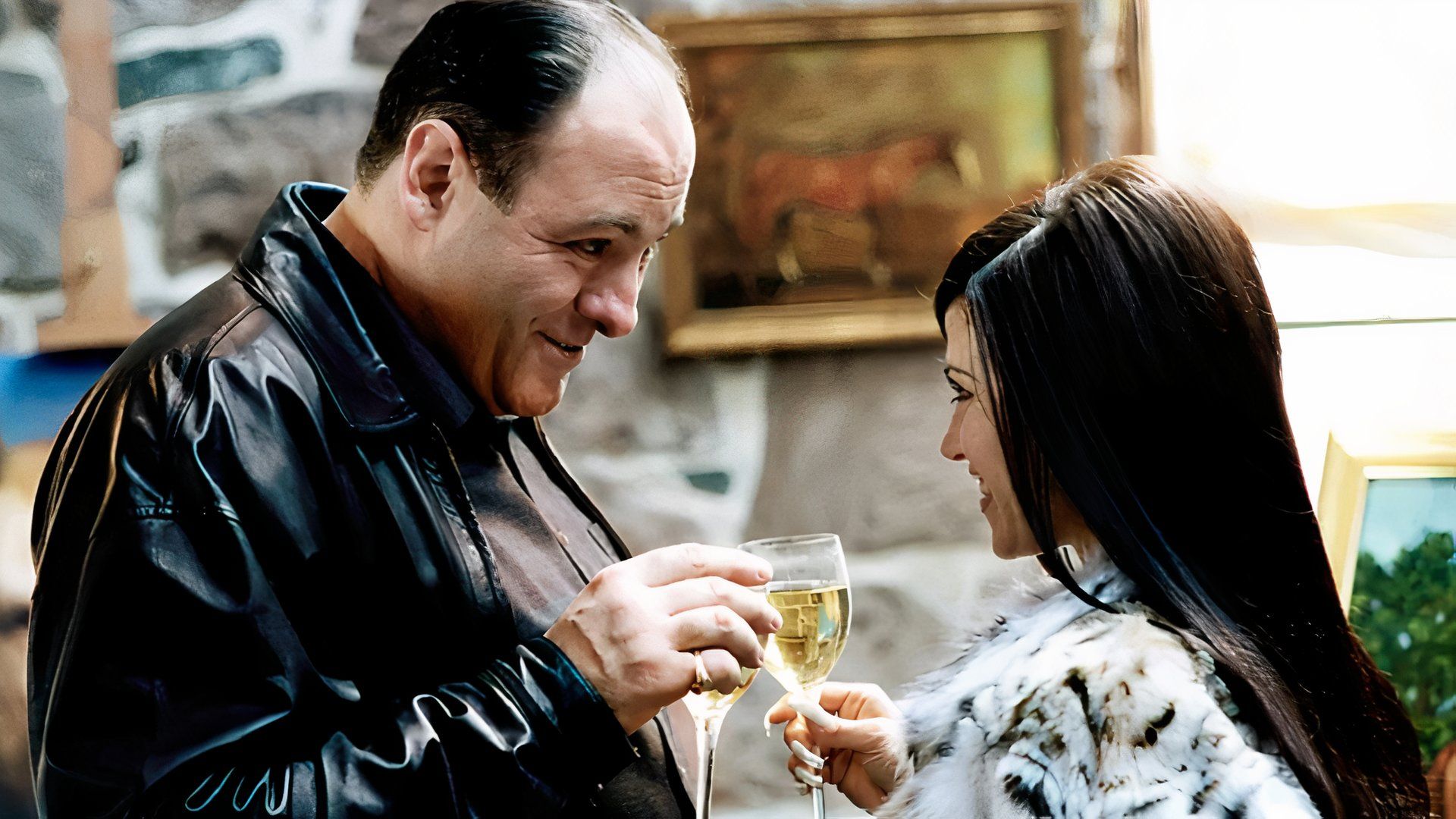
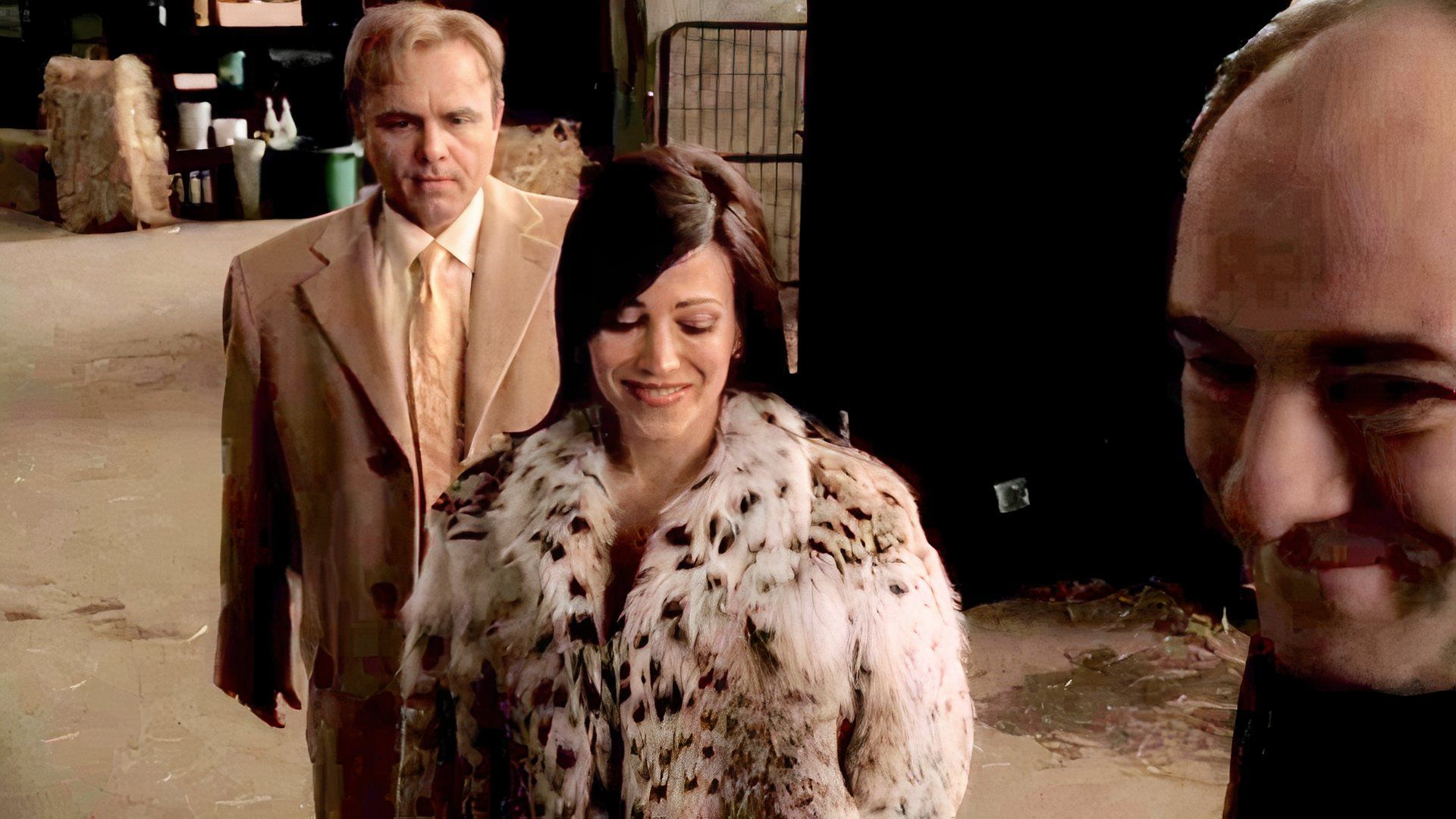
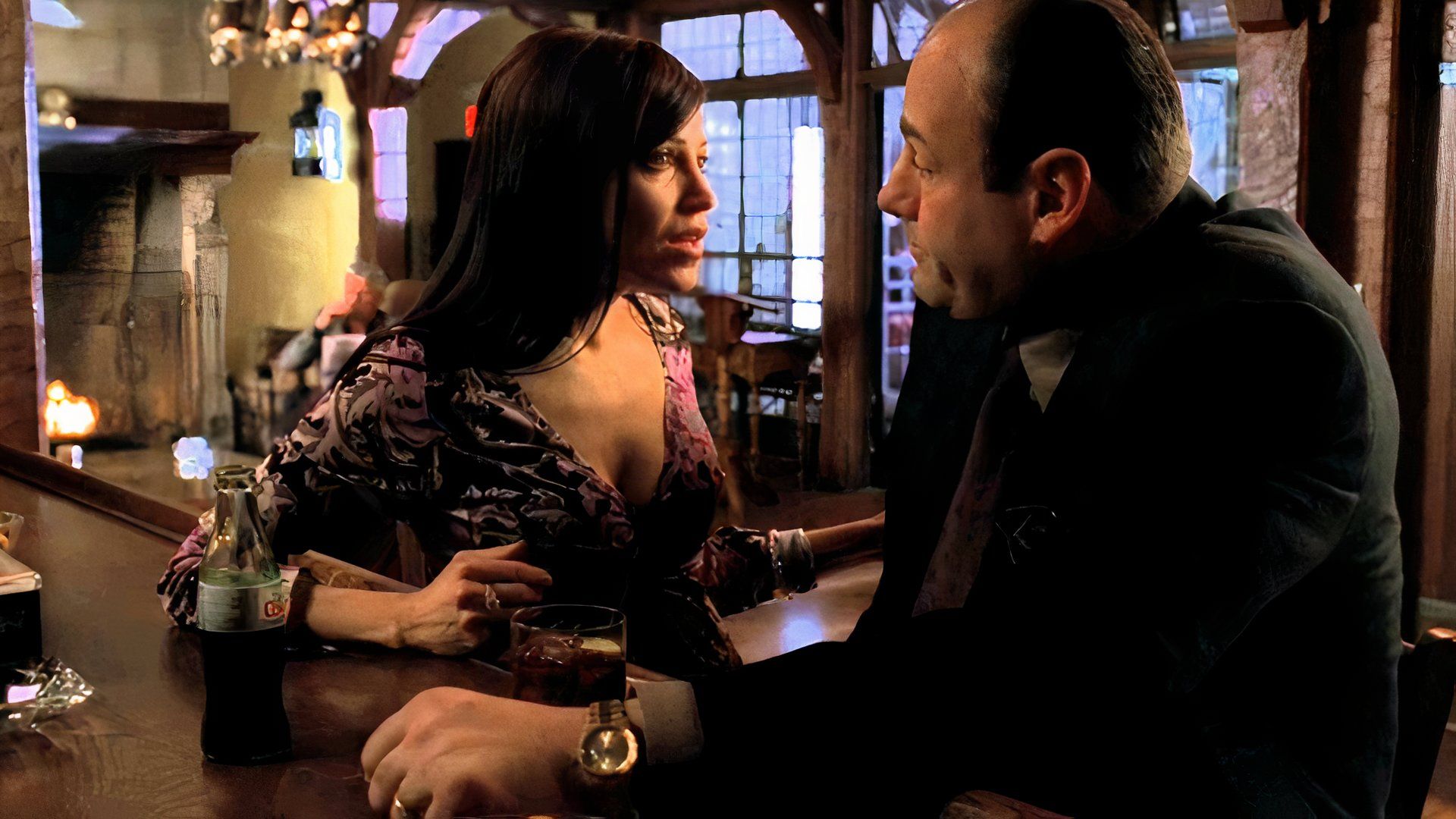
Valentina La Paz had a brief yet impactful presence in Tony Soprano’s life. Her time there was electrifying. Valentina initially appeared as Ralph Cifaretto’s mistress and later became Tony’s new love interest. She was intelligent, fashionable, and manipulative, adding a sharp wit to the male disarray. Despite her comedic delivery and casual cruelty, she was a character yearning for some genuine control – something no man in the Sopranos world was ready to grant. In an attempt to seduce Tony, she suffered severe burns in an accident, mirroring many women in his life who were discarded when they became too complex.
Smoke, Mirrors, and Scar Tissue
A possible rephrasing could be: A spin-off of Valentina’s character might explore the hidden consequences—how a woman such as her, marked by both physical and emotional scars, might struggle to achieve success beyond the mob world. Picture a post-“Sopranos” era Valentina navigating New York’s early 2000s art scene, employing charisma, anger, and keen survival skills in an environment where image and power are highly valued. It would be a witty, bittersweet, and fashionable exploration of transformation—similar to “The Devil Wears Prada,” but with Miranda Priestly carrying a lighter and a grudge.
14
Furio Giunta
Federico Castelluccio



Furio Giunta, hailing from Naples, carried an intense gaze reminiscent of a blade and an unyielding moral compass that appeared unbreakable at first glance. As Tony’s foreign enforcer, Furio introduced an air of ancient gravitas to the mob’s sprawling suburban decay. What captivated viewers wasn’t solely his brutality; it was his compassion, particularly in the secret, smoldering love he harbored for Carmela. Caught between loyalty, fear, and desire, Furio chose to depart rather than betray either his boss or his heart, leaving a profound void in the series’ emotional tapestry.
An Old World Torn Apart
A prequel story about Furio seems almost inevitable: an epic Neapolitan crime narrative drenched in blood vendettas, strict honor systems, and unavoidable deceptions. Imagine Furio climbing the Camorra underworld ladder, learning tough lessons on both brutality and self-control, before the allure of the American dream propelled him beyond the Mediterranean. His tale could be a raw, poignant depiction of loyalty set against a backdrop where vulnerability and morality are harshly penalized—almost like an Italian version of Deadwood, brimming with intensity, sorrow, and stunning ferocity.
13
Dr. Elliot Kupferberg
Peter Bogdanovich



In a clever satirical twist, Elliot Kupferberg, as Dr. Melfi’s own therapist in “The Sopranos”, was one of the series’ most intriguing characters: the therapist requiring therapy, the self-righteous critic grappling with his own unease. Portrayed with a subtle smirk by director Peter Bogdanovich, Elliot subtly guided Melfi towards some of her toughest decisions, yet also highlighted the boundaries of psychoanalysis when confronted with genuine wickedness. His scenes frequently hinted at the absurdity of attempting to rationalize violence—a luxury that someone like Elliot could afford, being shielded from its effects.
Shrink to the Stars
In my perspective, a series centered around the character Kupferberg could offer a witty yet tense exploration of personal struggles, unfolding within the bustling realm of high-society New York psychotherapy. Picture an early 2000s version of myself, stumbling and falling short as I attempt to decipher the intricate web of anxieties that ensnare hedge fund managers, aging stars, and overmedicated teenagers. Simultaneously, I would grapple privately with feelings of guilt over my inability to truly heal the fractures I’m merely pretending to mend. This production might embody elements of Enlightened and The White Lotus, serving as a critique of self-help culture disguised as an upscale comedy, a unique blend of humor and introspection.
12
Tony Blundetto
Steve Buscemi



As a movie reviewer, I found myself deeply moved by the character of Tony Blundetto in “The Sopranos.” This complex, multi-layered figure represents one of the show’s most intriguing ‘what-ifs’: a man who, despite his inherent goodness and humor, is ultimately destroyed by loyalty, resentment, and an unyielding sense of duty.
Fresh from a stint in prison, Blundetto yearns for a life free from the clutches of organized crime, but finds himself inexorably drawn back into its orbit. Steve Buscemi’s portrayal of this character is nothing short of exceptional, imbuing him with warmth and pathos that make his eventual downfall all the more heart-wrenching.
In essence, Blundetto’s story serves as a poignant reminder of the forces that can pull us away from our dreams and aspirations, even as they tug at our very souls. His struggle is one that resonates profoundly, leaving us to ponder the choices we make and the consequences that follow in their wake.
Dreams Deferred, Again and Again
A standalone series featuring Tony Blundetto could exceptionally portray the poignant struggle between hope and actuality, surpassing many tales from the Sopranos universe in this regard. Picture a narrative post-imprisonment, focusing on Blundetto’s struggles with petty criminal activities, monotonous employment, and the disillusionment that the American dream was never designed for individuals like him. The series could have a similar vibe to Better Call Saul: a character exploration of an individual striving relentlessly to escape himself—yet gradually, sadly acknowledging his inability to do so.
11
Gloria Trillo
Annabella Sciorra



Gloria Trillo wasn’t just a typical lover for Tony; she served as his psychological reflection, embodying his deepest, darkest instincts. As a saleswoman for Mercedes-Benz with sharp allure and explosive temper, Gloria attracted Tony because she knew him more intimately than he knew himself. Her story – shining brightly then unraveling swiftly – was one of the series’ most vivid demonstrations of how trauma attracts trauma, and in this world, love could be hard to tell apart from self-destruction.
Beautiful Things That Break
A “Gloria” prequel could offer a gripping psychological thriller, focusing on Gloria’s glamorous facade during her years prior to meeting Tony, while revealing the underlying emotional turmoil. It might delve into her experiences with high-end consumer culture, male privilege, and deteriorating mental health in the affluent yet emotionally desolate areas of late-1990s New Jersey. Imagine a blend between “Euphoria” and “Mad Men,” where we examine masking, anger, and the empty allure of opulence.
10
Angie Bonpensiero
Toni Kalem



Angie Bonpensiero subtly experiences one of the most gratifying changes in “The Sopranos”. Initially portrayed as the long-suffering spouse of Big Pussy, Angie demonstrates resilience following her husband’s deceit and murder. Rather than succumbing to despair, she carves out a path to self-reliance, managing a body shop, navigating among the wives of the mob, and rejecting sympathy. Where other women in the series remain ensnared in patterns of denial, Angie subtly develops on the sidelines, growing tougher, more astute, and less emotionally accessible.
The Widow’s Rebrand
A captivating offshoot series focusing on Angie could provide a compelling exploration of resilience and transformation, delving into her journey from mourning widow to relentless entrepreneur in a male-dominated underworld. Post Pussy’s demise, the show could trace her metamorphosis, depicting her rise through the ashes of men’s downfall, creating her own path to power. It would blend elements of “Breaking Bad” and “Good Girls”, offering a poignant portrayal of the sacrifices women make when they build their empires from the remnants of male shortcomings.
9
Patsy Parisi
Dan Grimaldi
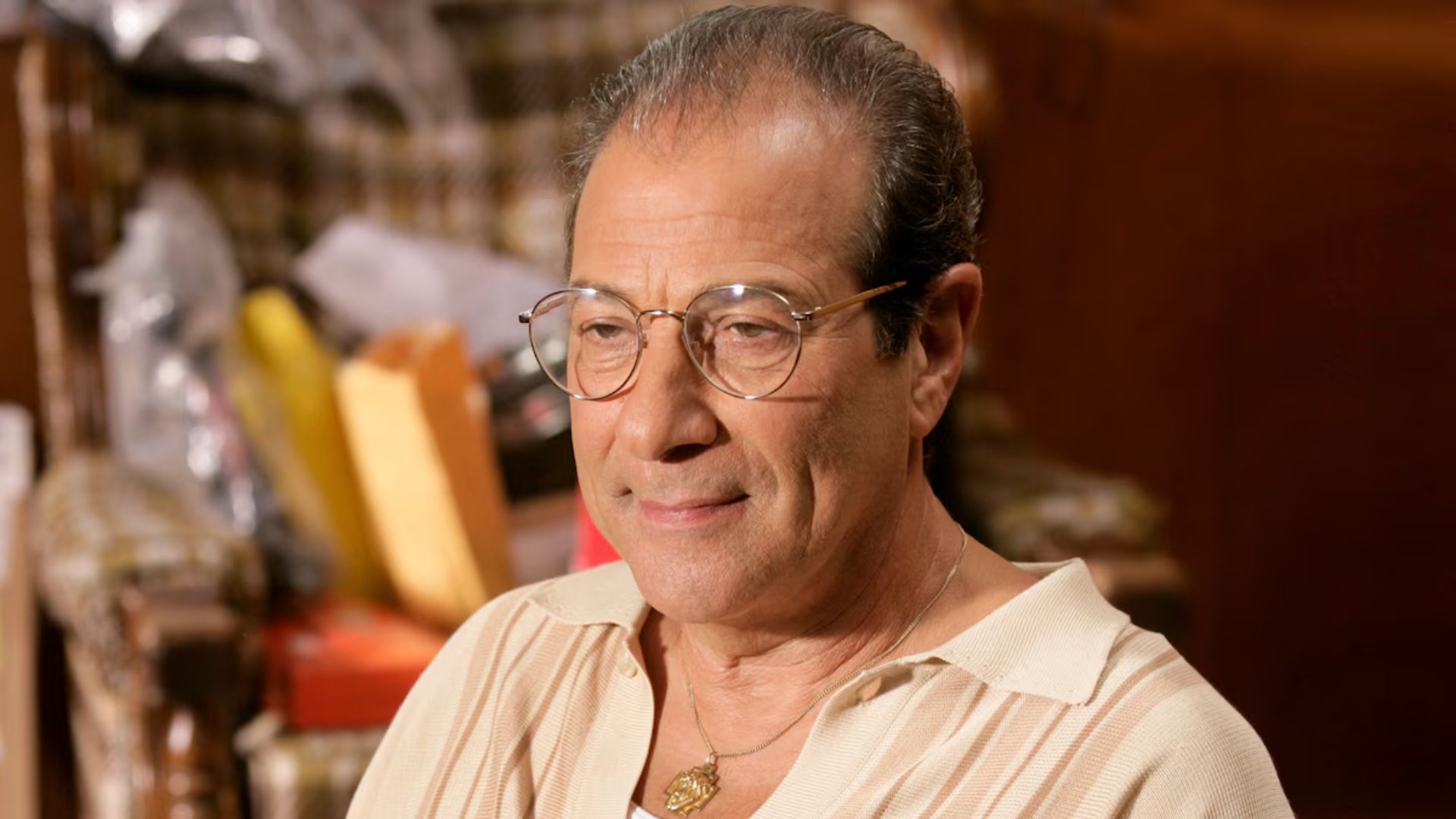
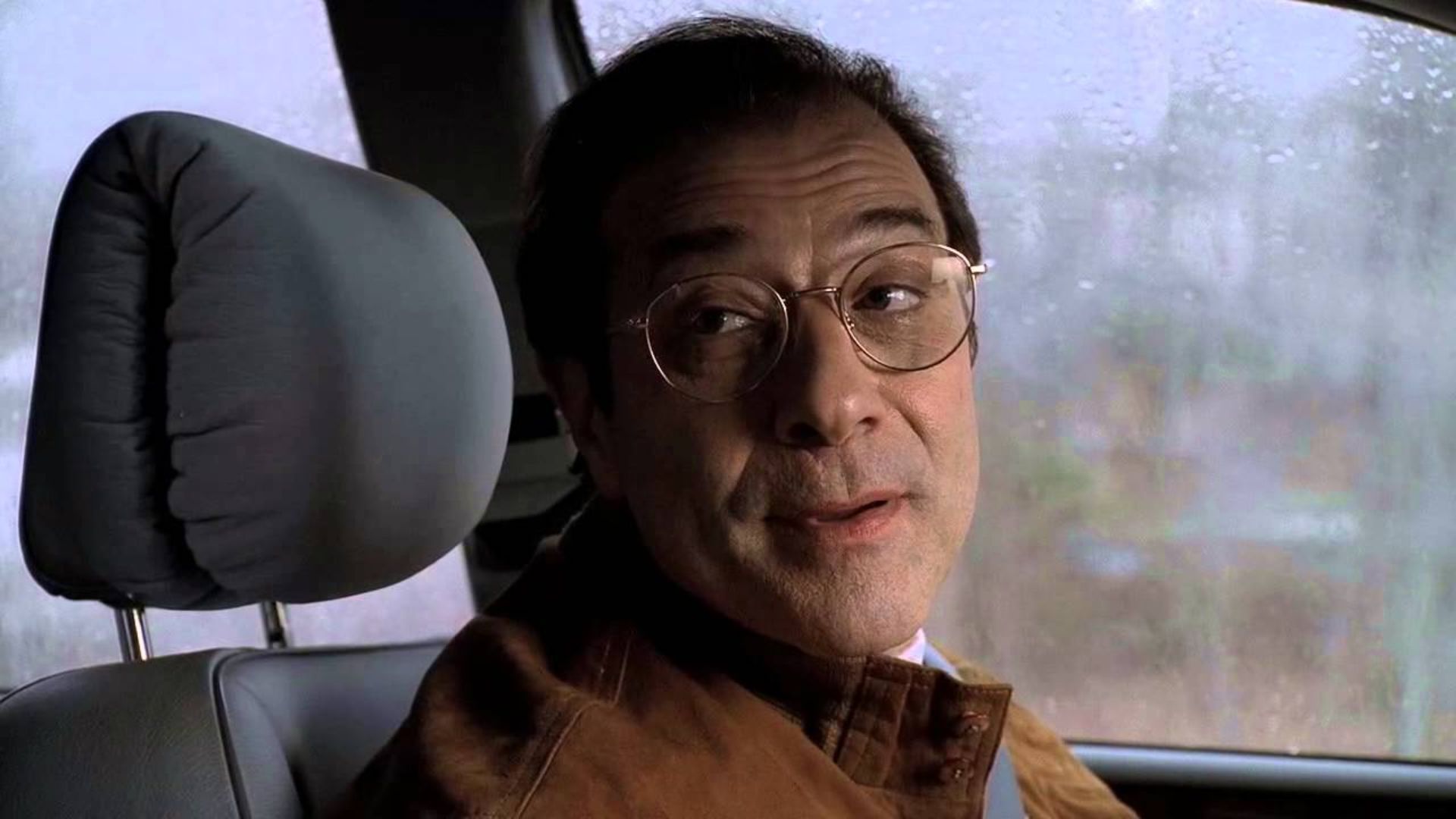
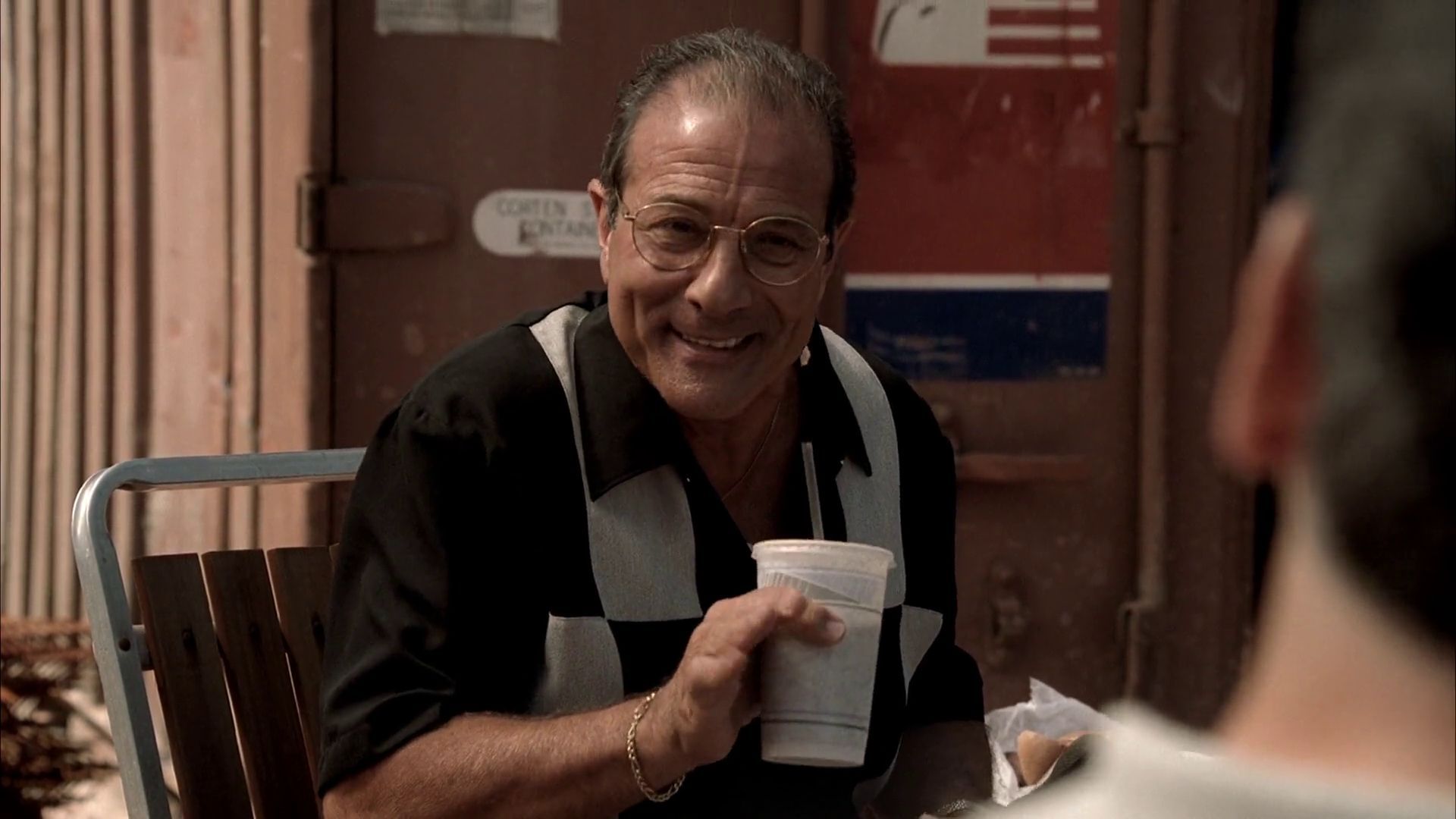
Patsy Parisi could be considered as the subtly unnerving endurer in the world of “The Sopranos.” Following his brother’s murder, presumed to be at Tony’s command, Patsy remains within the crew. His sorrow is transformed into a somber acceptance, almost like a vacant resignation. He lacks flamboyance or ambition, but he exhibits keen observation and strategic thinking. When duty calls for unsavory tasks, he is more than ready to comply.
Throughout the series, watching Patsy is akin to observing a man gradually disintegrate from within, serving as a poignant testament to the effects of loyalty, fear, and suppressed anger over an extended period.
Grief with a Grudge
A spin-off series focusing on Patsy could delve into some of the deepest emotional depths explored in “The Sopranos”, particularly the enduring impact of survival. This show, with a pace reminiscent of “McMafia”, would depict Patsy subtly navigating the power gap that emerged after Tony’s demise, juggling fresh aspirations against lingering wounds. The result would be a poignant portrayal of moral compromise, where success appears almost unblemished – until one notices the void left behind in its wake.
8
Janice Soprano
Aida Turturro
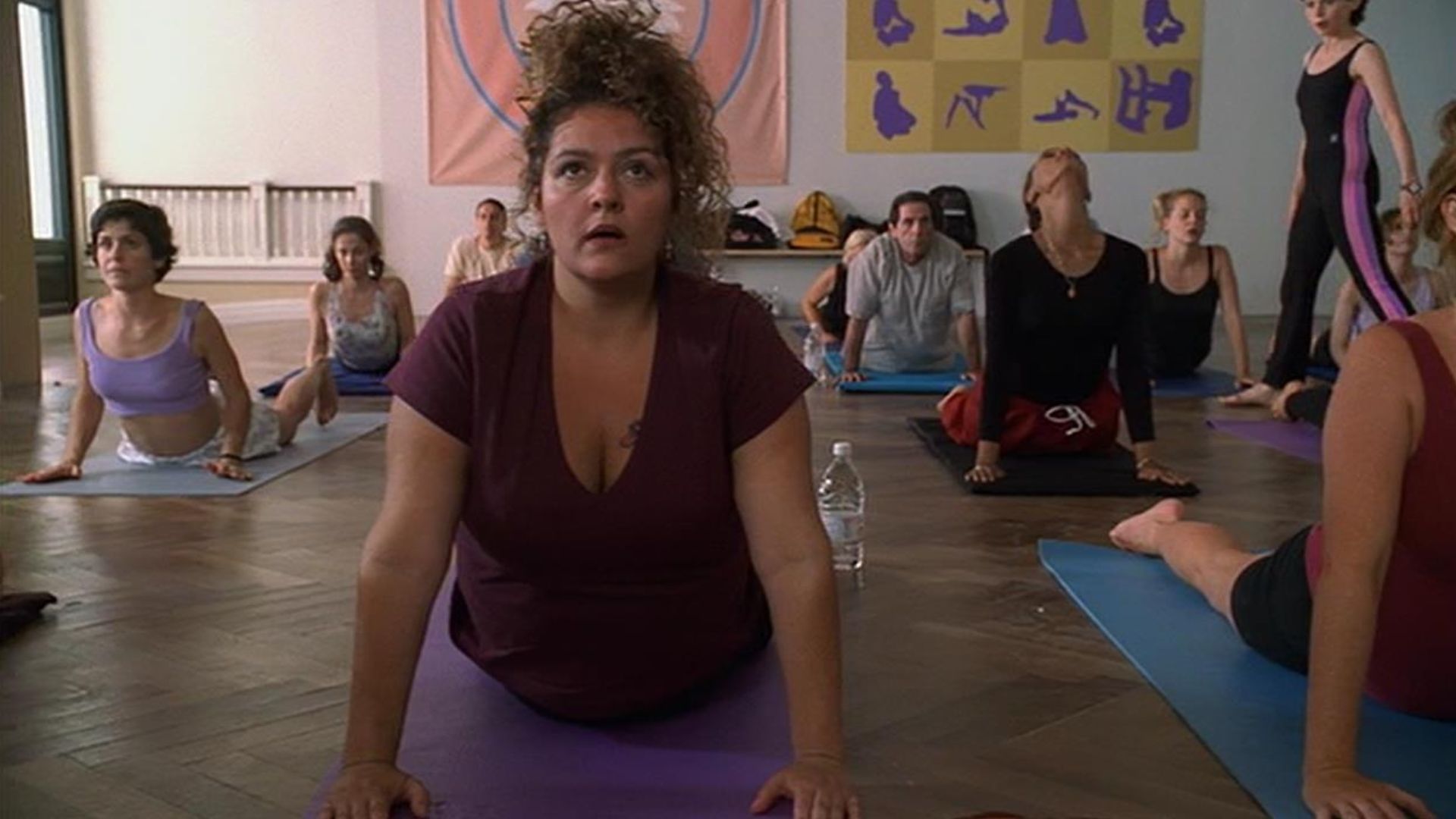
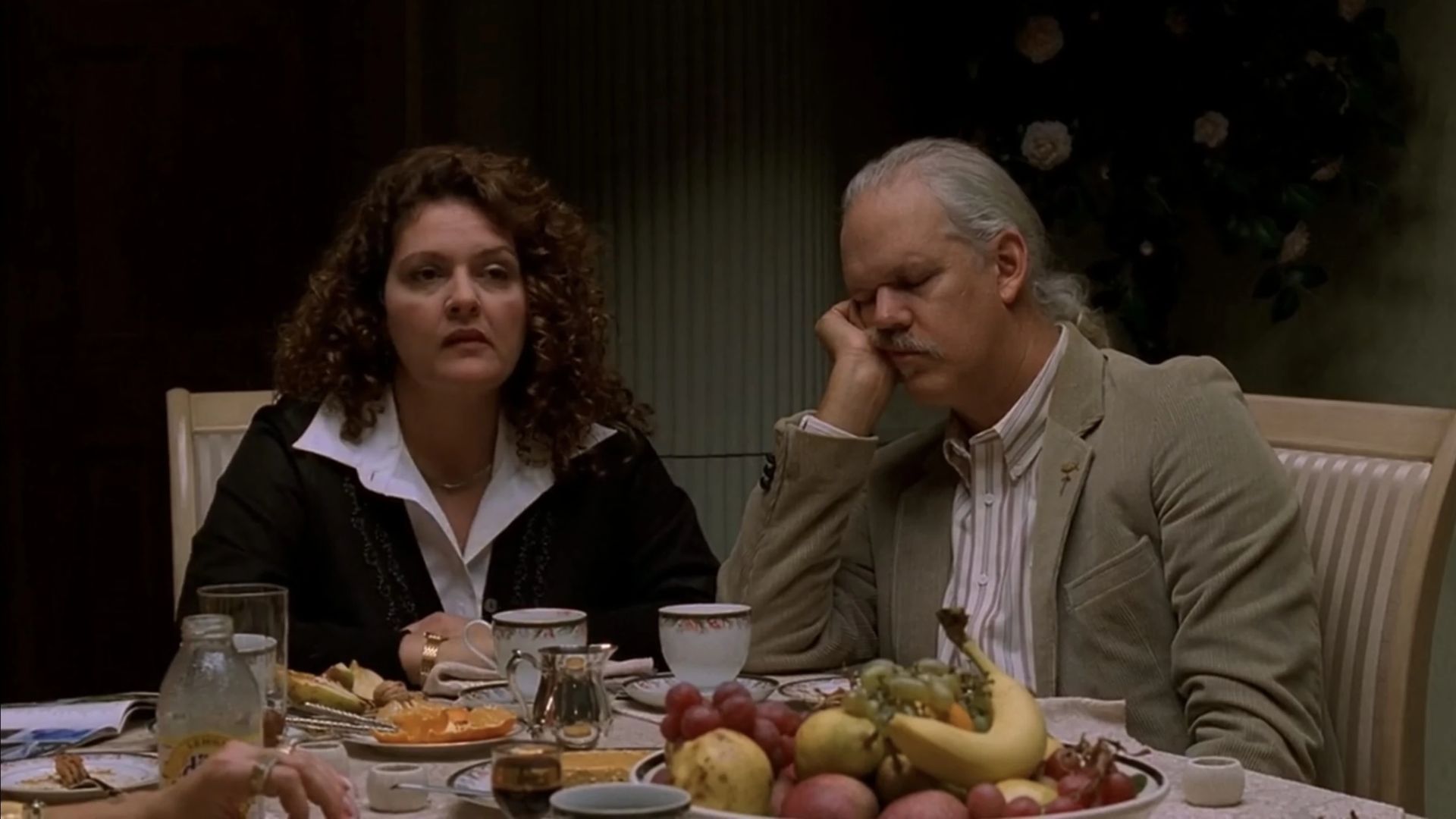
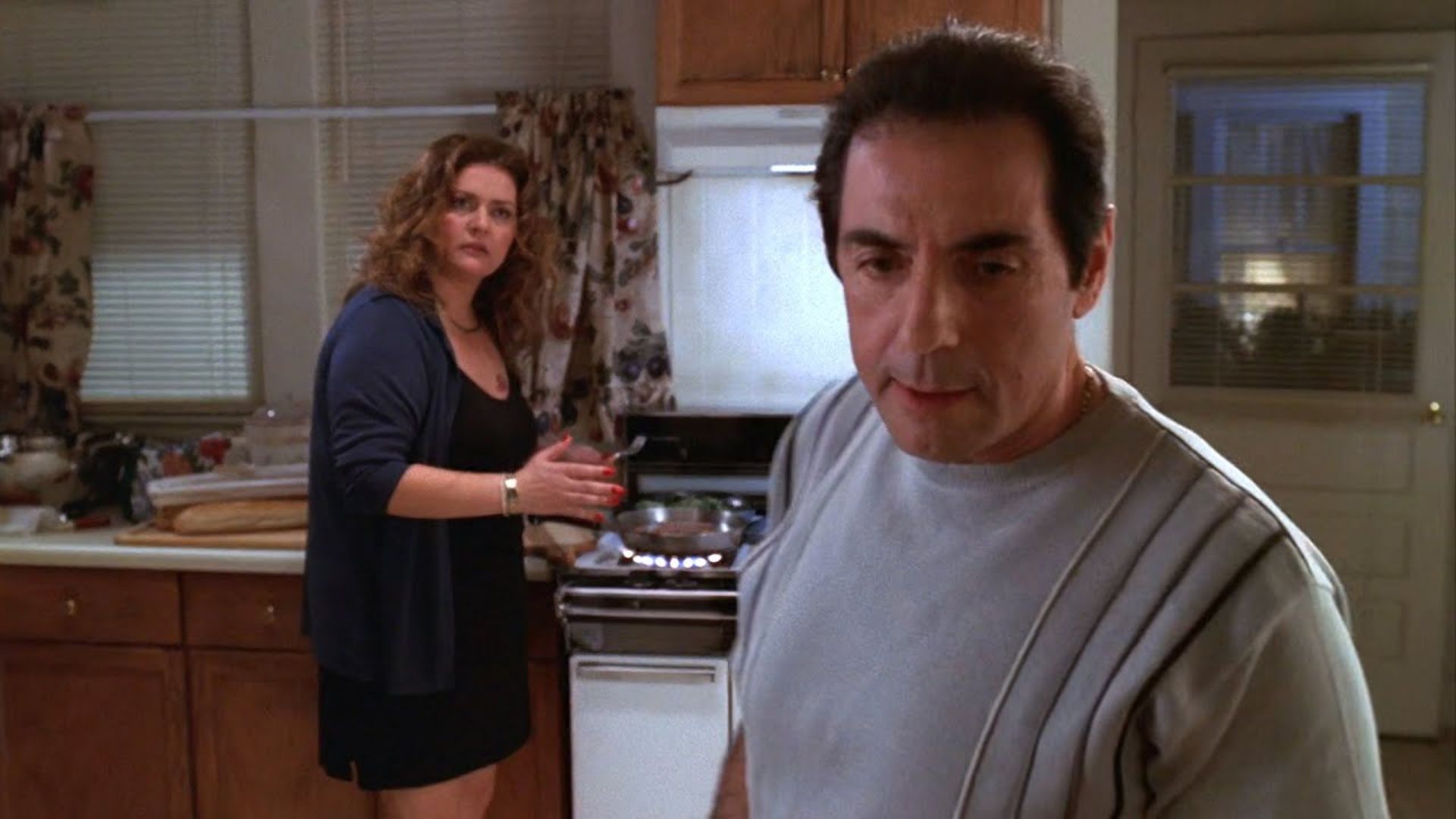
Janice Soprano embodies a whirlwind of entitlement, resentment, spirituality, and illusion – a disruptive force wherever she goes. Whether she’s pursuing hippie ideals on the West Coast or navigating her way into mob widowhood at home, Janice encapsulates the core idea of The Sopranos: that emotional dependency and American self-mythology are two sides of the same coin. Her scenes brim with a potent energy that is as amusing as it is draining. In essence, she represents an authentically American character.
The Gospel According to Janice
A standalone series focusing on Janice could delve into the black comedy of New Age exploitation, suburban ennui, and traumatic family dynamics. Imagine a show chronicling Janice’s journey between escaping her past and finding herself drawn back to it: encounters with cults, failed self-help ventures, ill-fated romances, all revolving around her relentless pursuit of purpose and acceptance. This series would blend elements of The Righteous Gemstones and Fleabag, with Janice leaving no stone unturned in her quest for destruction.
7
Vito Spatafore Jr.
Brandon Hannan



In “The Sopranos”, we only catch a brief glimpse of Vito Jr., yet his character provides a poignant insight into the harsh legacy of his father’s life and death. Ostracized, marginalized, and struggling to comprehend an identity that seems unwillingly bestowed upon him, Vito Jr. is already drowning by the series finale. Tormented by a violence that was inherited but not chosen, his narrative carries a unique, understated tragic undertone, serving as a quiet counterpoint to the dramatic downfalls of the adult characters in the show.
Lost Boy of a Lost World
A Vito Jr. series might represent one of the gloomiest, yet vital, continuations of the world depicted in “The Sopranos.” This narrative could revolve around him navigating complex themes such as masculinity, legacy, and survival within a decaying empire. The story would portray his struggles to comprehend the rules while the world has already rejected him, much like the HBO series “Euphoria” and “Animal Kingdom” depict the consequences of past transgressions lingering through the journey into maturity.
6
Lorraine “Lady Shylock” Calluzzo
Patti D’Arbanville



As a dedicated movie enthusiast, I can’t help but reflect on the indelible mark left by Lorraine “Lady Shylock” Calluzzo, even though her screen time was brief. In the gritty universe of ‘The Sopranos’, she was one of the select few female loan sharks, and her bold demeanor and swaggering presence were a breath of fresh air, often overshadowing many of her male counterparts. The ruthless act of taking her life by Johnny Sack’s men wasn’t just a brutal event—it served as a harsh reminder of the confining boundaries placed on women in the underworld, regardless of their sharpness or cunning intelligence.
Blood, Debt, and Queens
A prequel centered around Lorraine promises an electrifying tale – a gripping narrative of rise and fall, focusing on a tenacious woman who battled for territory within a system designed to suppress her. This captivating drama unfolds in the 1980s or early 1990s, delving into the intricate web of hypocrisy, allegiances, and deceit Lorraine faced just to survive. The story would blend elements of “Goodfellas” with those of “Pose,” offering a gripping account of how she carved her own path to power and style amidst a world that was reluctant to provide either effortlessly.
Read More
- Clash Royale Best Boss Bandit Champion decks
- Clash Royale December 2025: Events, Challenges, Tournaments, and Rewards
- Clash Royale Witch Evolution best decks guide
- Mobile Legends December 2025 Leaks: Upcoming new skins, heroes, events and more
- Clash Royale Furnace Evolution best decks guide
- Mobile Legends X SpongeBob Collab Skins: All MLBB skins, prices and availability
- Football Manager 26 marks a historic FIFA partnership ahead of its November launch
- The Most Underrated ’90s Game Has the Best Gameplay in Video Game History
- JoJo’s Bizarre Adventure: Ora Ora Overdrive unites iconic characters in a sim RPG, launching on mobile this fall
- Mobile Legends November 2025 Leaks: Upcoming new heroes, skins, events and more
2025-05-03 22:06